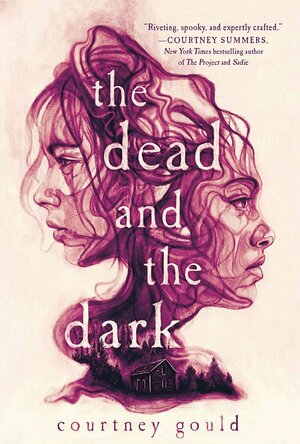
The Red Lotus
Book
From the #1 New York Times bestselling author of Midwives and The Flight Attendant comes a twisting...
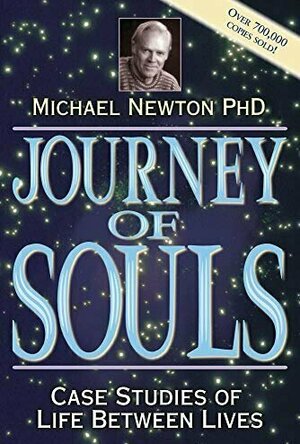
Journey of Souls - Case Studies of Life Between Lives
Book
Learn the latest details and most recent groundbreaking discoveries that reveal, for the first time,...
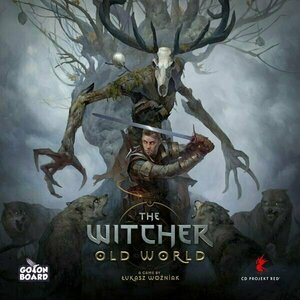
The Witcher: Old World
Tabletop Game
In The Witcher: Old World, you become a witcher — a professional monster slayer — and immerse...
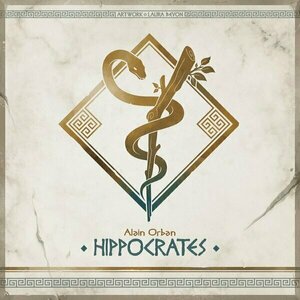
Hippocrates
Tabletop Game
Travel back to Greece in 370 BCE on the island of Kos. Hippocrates has just passed away and that...

Salvaged (Releasing the Magic #2)
Book
What do you do when you find out you’re the thing you fear most?Seven months ago, the Void Virus...
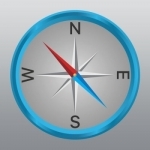
Accurate Compass Free
Navigation and Utilities
App
Accurate Compass is a simple application and easy to be used with various designs and colors...

Renovations (By Design #6)
Book
Governor Candace Reid has been in office for just over a month and things have only begun to get...
Lesbian Politics
Kristy H (1252 KP) rated The Dead and the Dark in Books
Aug 19, 2021
I loved this book so much. Sometimes it feels like I read similar books over and over. Not this time. Gould’s book is original and spellbinding. This is such a dark and ominous read. Gould truly brings you into Snakebite, the supernatural, creepy, and quite unwelcoming small town. It’s atmospheric and spooky. I could not put this book down!
DARK is filled with LGBTQIA representation, between Logan’s dads, the fact that she’s an out lesbian, and her own burgeoning friendship (and more) with Ashley. I loved everything about all of it.
This book is part horror story, part exploration of the meaning and depths of darkness, and part look at family dynamics. It’s an extremely well written ghost story with a sapphic love interest. It really doesn’t get much better than that! (It’s so good, read it—and it’s a debut!)
I received a copy of this book from St. Martin's Press / Wednesday Books and Netgalley in return for an unbiased review.
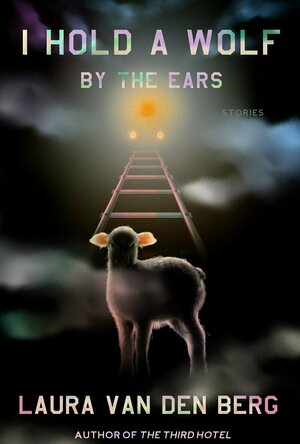
I Hold a Wolf by the Ears
Book
I Hold a Wolf by the Ears, Laura van den Berg's first story collection since her prizewinning book...

